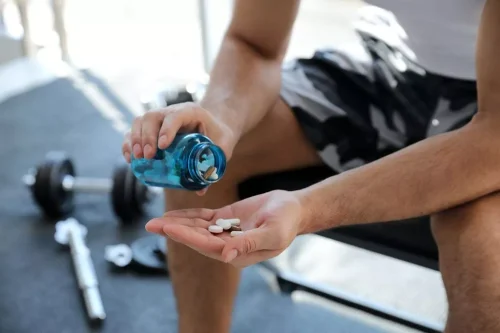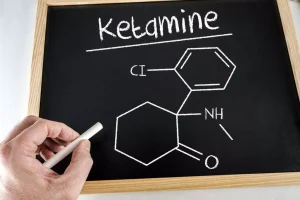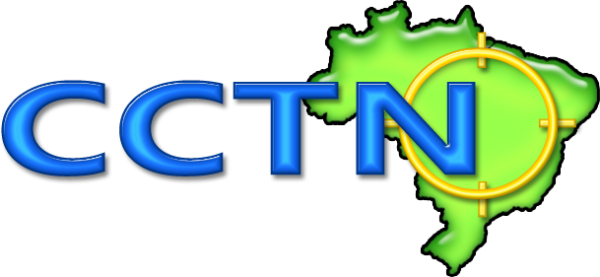
Problems are rated on a scale of 1 to 5 by domain, reflecting how bothered a person is by problems of that type. The ASI is typically used in gauging the type and intensity https://ecosoberhouse.com/article/6-successfull-and-motivational-sobriety-stories/ of treatment a person might need and as a measure of the success of treatment. Mutual-support groups provide peer support for stopping or reducing drinking.
Addiction treatment and recovery
In the US, 1.4 million people over the age of 12 reported having a Cocaine use disorder. The same amount of alcohol is likely to have a bigger impact in your 60s or 70s than it did in your 20s. Several psychological factors explain the incredible rise of Taylor Swift and her devoted fans. Addiction causes cravings, compulsive behavior, and changes in the brain.
Tori Spelling, 51, shows off figure in neon green bikini after admitting to using weight-loss drugs

Many of these people make numerous attempts to curtail their alcohol use, only to find themselves reverting to patterns of excessive consumption. The defendants targeted elderly Medicare patients, many of whom were terminally ill in hospice care, through their companies—Apex Mobile Medical LLC, Apex Medical LLC, Viking Medical Consultants LLC, and APX Mobile Medical LLC. In just sixteen months, Medicare paid the defendants more than $600 million as a result of their fraud scheme, paying on average more than a million dollars per patient for these unnecessary grafts.
Causes and risk factors
And from January 2024 through March 2024, Ching, through his company H3 Medical Clinic LLC, billed Medicare over $5 million for allografts that he procured through kickbacks and bribes and applied to Medicare beneficiaries without medical necessity. Medicare paid over $4 million based on those false and fraudulent claims. Nicotine is a stimulant that elevates dopamine levels and causes burst firing of dopamine neurons. It is fast-acting and reaches the brain within seconds, leading to an immediate release of dopamine. Though it does not result in episodes of energy and alertness like other stimulants on this list, nicotine still activates the brain’s reward system and is strongly linked to behavioral dependence. The clinical manifestation of abrupt cessation of a substance of abuse is withdrawal.
- These chemicals produce pleasurable feelings and act as natural painkillers.
- Addiction is often marked by multiple periods of abstinence and relapse.
- This new focus is clinically relevant because these symptoms (e.g., anxiety, negative affect, and altered reward set point) may serve as potent instigators driving motivation to drink (Koob and Le Moal 2008).
- It also includes binge drinking — a pattern of drinking where a male has five or more drinks within two hours or a female has at least four drinks within two hours.
- You might not recognize how much you drink or how many problems in your life are related to alcohol use.
Recognizing these health risks can encourage people to take the steps necessary to stop excessive drinking. Long-term heavy drinking can damage the brain and lead to cognitive decline. It can also interfere with the development of young people’s brains, resulting in lowered IQ scores.
Is Alcohol Addiction Genetic?

Alcohol use disorder involves difficulty with stopping or managing alcohol use, even when it affects your daily life. Explore Mayo Clinic studies testing new treatments, interventions and tests as a means to prevent, detect, treat or manage this condition. If you or a loved one are struggling with a substance abuse disorder, WebMD Connect to Care advisors are standing by to help.
- These signs, similar to those of intoxication, exist in the absence of drinking.
- Likewise, alcohol is consumed widely around the world with meals and in social situations without resulting in addiction.
- Tolerance and withdrawal are not universal features of substance use disorder; hallucinogens, for example, do not create tolerance or withdrawal symptoms.
- Environmental, social, biological, and genetic influences can all play a role in alcohol use disorder.
We publish material that is researched, cited, edited and reviewed by licensed medical professionals. The information we provide is not intended to be a substitute for professional medical advice, diagnosis or treatment. It should not be used in place of the advice of your physician or other qualified healthcare providers. If you feel that you sometimes drink too much alcohol, or your drinking is causing problems, or if your family is concerned about your drinking, talk with your health care provider.
Addictive disorders, including alcohol use disorder, most often begin during late adolescence and early adulthood, when there is increased risk of use of many psychoactive substances. According to the DSM, addictive disorders are often wrongly perceived as intractable conditions because those who present themselves for treatment typically have a long history of use and failed attempts to control substance use. The severity of addiction is only partially related to the amount of substance a person uses. The difference between mild and severe addiction is the number of the 11 DSM addiction criteria a person meets. The criteria relate to ability to control use, the negative impact use has on self and life, and the existence of physiological dependence. Substance abuse disorder is considered mild in the presence of two or three criteria.
They’re often used and misused in search of a “high,” or to boost energy, to improve performance at work or school, or to lose weight or control appetite. Synthetic cannabinoids, also called K2 or Spice, are sprayed on dried herbs and then smoked, but can be prepared as an herbal tea. Despite manufacturer claims, why is alcohol so addictive these are chemical compounds rather than “natural” or harmless products. These drugs can produce a “high” similar to marijuana and have become a popular but dangerous alternative. The “Slasher” star later candidly told Page Six that his addiction was “horrible” before he “surrendered and admitted” he needed help.


